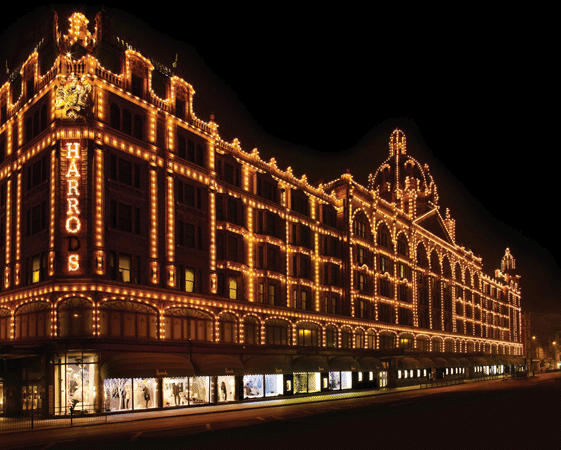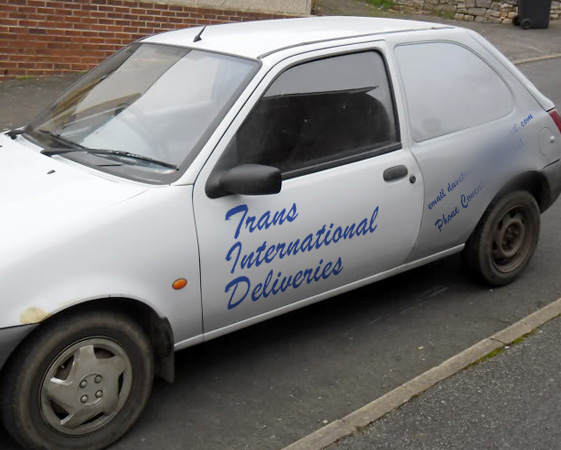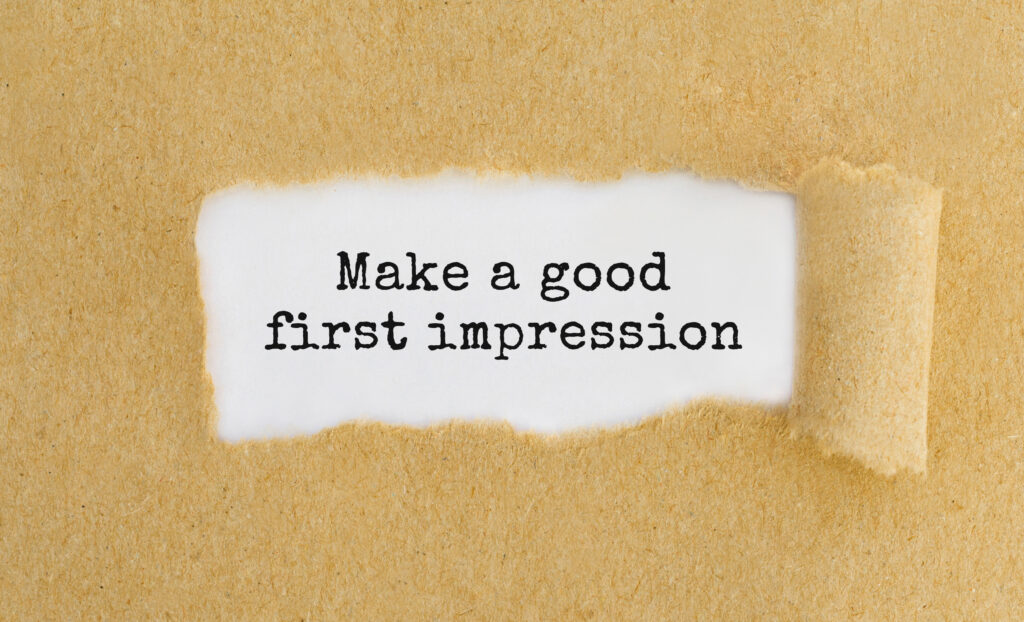Knowledge Insight: brands, corporate identity and logos. Why first impressions always count!
A brand can be a highly valuable piece of intellectual property and how that brand is projected and perceived, to all who come into contact with it, can make the difference between it being accepted (and revenue generated) or rejected (and revenue lost).
The logo is usually the first stimulus of the brand; the representative of the brand’s name and its business and values. But this is just the tip of the iceberg.
The fonts, colours, layouts, photography and illustration style, tone of writing, the tone of e-mails and letters that are sent, the telephone manner and physical appearance of its representatives, the visual impression of the offices, shops, signage, vehicles, uniforms all play an important role in projecting the right – and consistent – image of the brand. A dirty knife in a restaurant or a cracked window in a showroom will adversely affect a customer’s impression of the company, irrespective of the core business of the company. If all aspects of the brand and corporate identity are correctly aligned with the brand and it appeals to customers and clients, then business works. If it doesn’t, then customers may look elsewhere.
Take a look at two posters that you might find in the window of two different hairdressers:

If you had never experienced the service of either company, these posters would provide sufficient clues to allow you to make an accurate assumption on a few basic points. For example, one might assume the pink poster would be the cheapest and that the brown one might provide a better-quality cut. And these assumptions are purely based upon the look of the respective corporate identities.
Harrods is a luxury goods retailer in Knightsbridge in Central London. Their clients are amongst the wealthiest and most discerning people in the world. Imagine how one would react if their impressive lit signage had one of the letters flickering because of faulty light bulbs.

This lack of attention to detail changes the image of the company in a very negative way even though it has no bearing on the quality or nature of the products inside the store. This is the power of corporate identity.
If you had an important international package to deliver, would you trust it to the company, below? Do you really think your package would safely arrive at its destination in Hong Kong?

A corporate identity is used to give the potential customer an impression of what they are likely to experience if they buy into that brand. A good corporate identity will portray that precisely – irrespective of the price point of the brand. First impressions count.
Get in touch to explore how we can help project your brand in the most accurate way.


